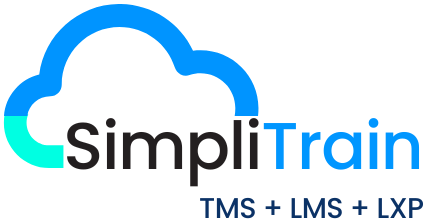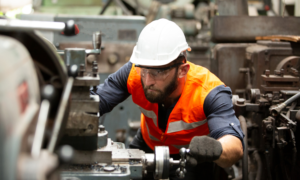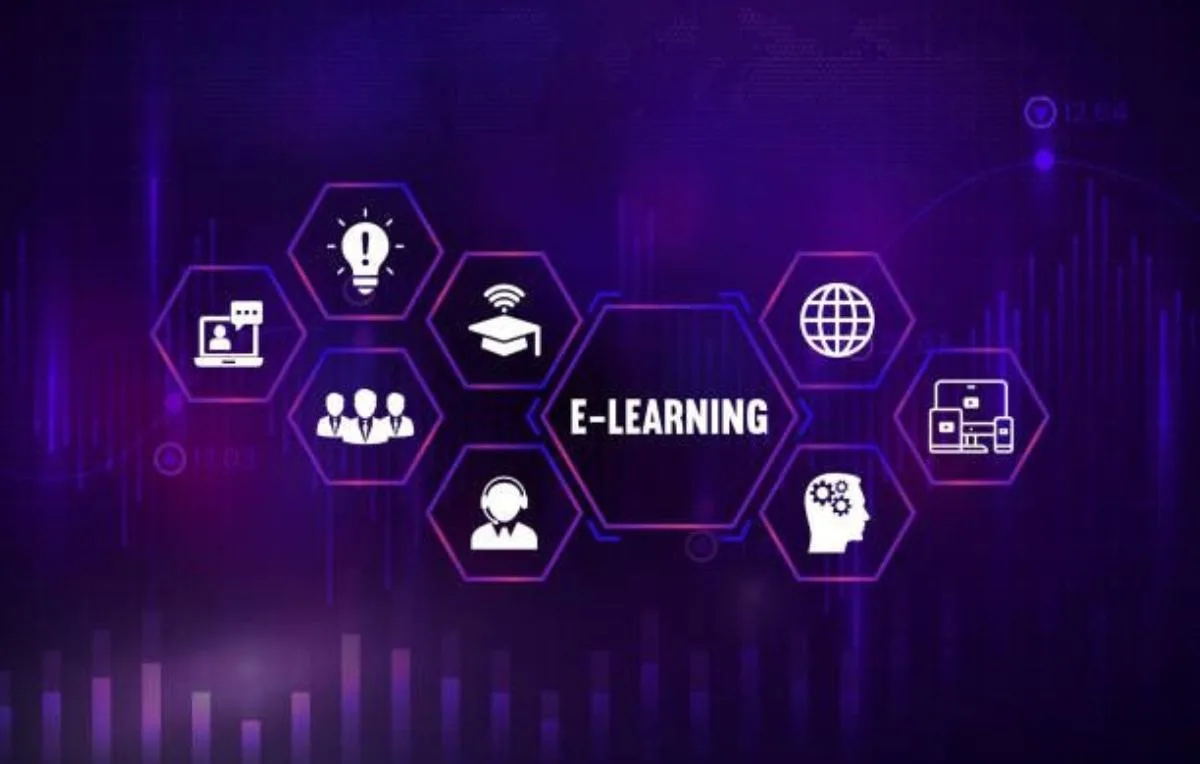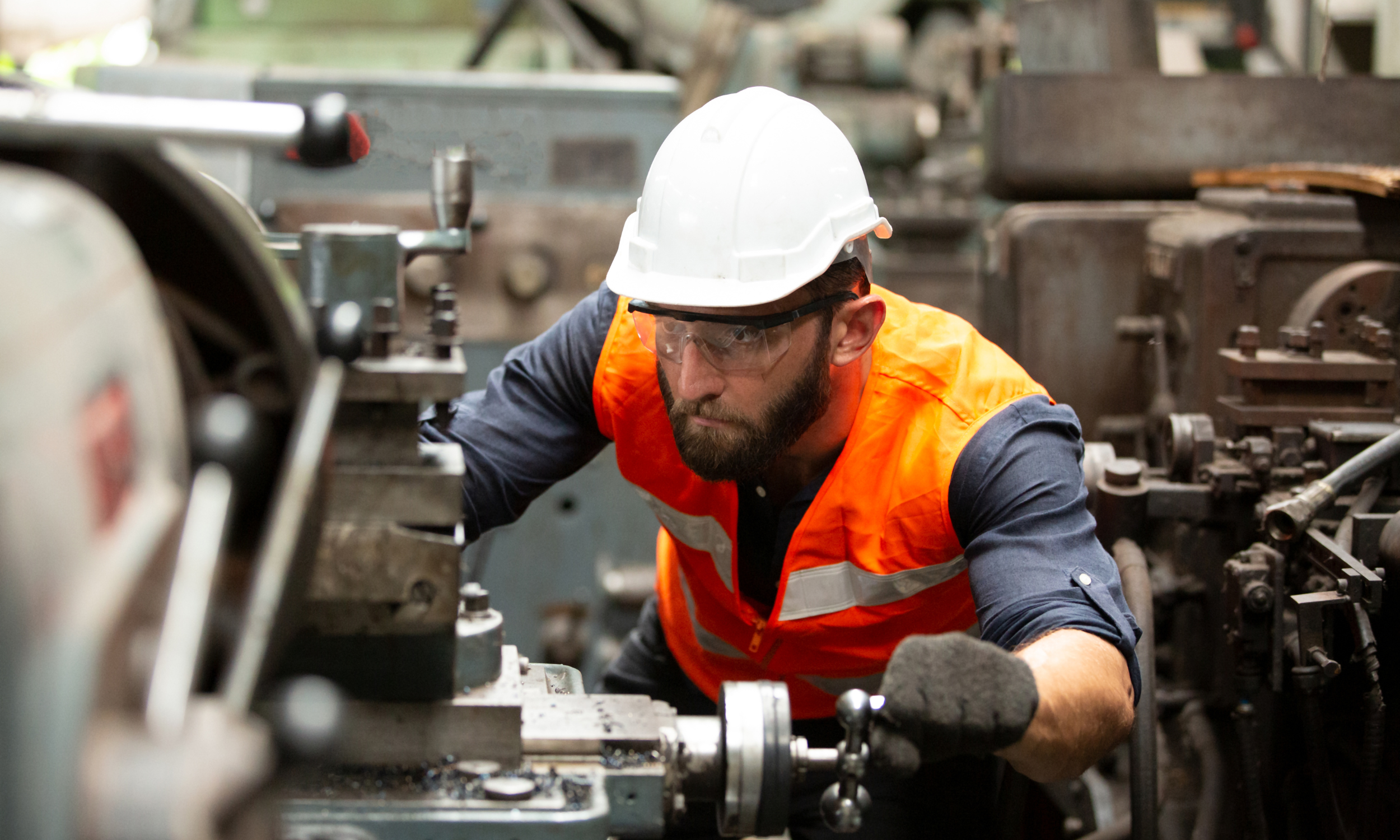The manufacturing industry is at a crossroads in 2025, driven by rapid advancements in technology, global competition, and a dynamic workforce. The focus is shifting from traditional production methods to a skills-driven approach where adaptability, innovation, and continuous learning are critical. Manufacturers must proactively address workforce challenges, including upskilling, retention, and leveraging emerging technologies to remain competitive in a rapidly evolving landscape.
In 2025, workforce strategies will extend beyond operational efficiency to emphasize areas like advanced automation, digital literacy, diversity, and sustainable manufacturing practices. Ignoring these trends could result in significant talent gaps, reduced productivity, and loss of market share.
The Rise of Automation and Digital Skills in Manufacturing
Automation and Industry 4.0 technologies are reshaping the manufacturing workforce by augmenting human capabilities with robotics, artificial intelligence (AI), and Internet of Things (IoT). Key workforce strategies for 2025 include:
- Upskilling workers in operating and maintaining advanced automated systems.
- Providing digital literacy programs to enable employees to interpret data from IoT-enabled devices.
- Developing AI-centric training for predictive maintenance and supply chain optimization.
By integrating automation with human expertise, manufacturers can achieve improved productivity, cost-efficiency, and operational resilience. Those who fail to adopt digital upskilling risk workforce obsolescence and reduced competitiveness.
“Automation will not replace jobs but redefine them – training will be key to unlocking new opportunities.”
Addressing the Skills Gap Through Workforce Development
The skills gap remains a critical challenge in 2025, with many manufacturers struggling to find talent equipped for today’s technological demands. Strategies to address this gap include:
- Partnering with educational institutions to design curricula aligned with industry needs.
- Launching apprenticeship programs to develop technical skills in younger workers.
- Reskilling initiatives for experienced employees transitioning to new roles.
Investing in workforce development programs will empower manufacturers to bridge the skills gap while fostering loyalty and reducing recruitment costs.
Sustainability and Green Manufacturing Skills
Sustainable practices are no longer optional, as environmental concerns and regulatory requirements dominate the manufacturing agenda. Workforce strategies in 2025 must include:
- Training employees in sustainable manufacturing techniques such as waste reduction and energy efficiency.
- Integrating sustainability metrics into production workflows.
- Upskilling employees to meet green certification standards.
Companies that embed sustainability into their workforce strategies will not only comply with regulations but also attract environmentally conscious customers and employees.
Diversity and Inclusion: Building a Future-Ready Workforce
Manufacturers are embracing diversity as a strategy to drive innovation and improve decision-making. Workforce strategies for 2025 include:
- Recruitment initiatives targeting underrepresented groups, including women and minorities.
- Mentorship programs to support career development and leadership opportunities.
- Inclusive workplace policies that foster collaboration and belonging.
Diversity drives creativity and innovation, making it a strategic imperative for manufacturers aiming to stay ahead in a competitive market.
Leveraging AR, VR, and AI for Training
Immersive technologies like augmented reality (AR), virtual reality (VR), and AI are transforming workforce training by providing hands-on learning experiences. In 2025, manufacturers will:
- Use AR and VR simulations to train employees in equipment handling and safety protocols.
- Employ AI-driven learning platforms for personalized skill development.
- Create digital twins for real-time troubleshooting and performance optimization training.
These technologies reduce training costs, accelerate skill acquisition, and ensure safety during complex procedures.
“Immersive training technologies turn learning into a strategic advantage.”
Cross-Functional Collaboration and Teamwork Skills
Manufacturing in 2025 is no longer confined to the shop floor – it requires seamless collaboration across functions such as engineering, supply chain, and quality assurance. Key strategies include:
- Developing interdisciplinary training programs to promote teamwork and innovation.
- Implementing collaboration tools to enhance communication between teams.
- Encouraging a culture of knowledge sharing across departments.
Manufacturers who foster cross-functional collaboration will unlock creative solutions and streamline operations.
“The future of manufacturing relies on collaborative teams driving innovative solutions.”
Retaining Talent Through Employee Engagement
Retention remains a challenge, especially in a competitive labor market. Workforce strategies to retain talent in 2025 include:
- Offering career development pathways to motivate employees.
- Providing flexible work arrangements and enhanced workplace safety measures.
- Implementing employee wellness programs to improve job satisfaction and productivity.
By prioritizing employee engagement, manufacturers can reduce turnover, retain institutional knowledge, and build a resilient workforce.
Global Workforce Trends and Remote Operations
Manufacturers operating across borders face unique challenges in managing a global workforce. Strategies for 2025 include:
- Standardizing training programs to ensure consistency in skills across locations.
- Utilizing remote monitoring technologies to oversee global operations.
- Developing cultural competency training for managers and employees.
Manufacturers who embrace global workforce trends will streamline operations, improve efficiency, and strengthen global competitiveness.
“A globally connected workforce is key to unlocking manufacturing potential.”
The Future of Manufacturing Workforce Development: Preparing for 2025 and Beyond
The manufacturing industry’s success in 2025 will depend on how effectively companies address workforce challenges and leverage emerging trends. To stay ahead, manufacturers must:
✔ Invest in digital upskilling to adapt to Industry 4.0 technologies.
✔ Close the skills gap through education, training, and reskilling programs.
✔ Embrace sustainability as a core component of workforce strategies.
✔ Foster diversity and inclusion to drive innovation and collaboration.
✔ Leverage immersive technologies for cost-effective and impactful training.
By adopting these strategies, manufacturers can build a skilled, resilient, and future-ready workforce capable of navigating an increasingly complex and competitive landscape.
Is your manufacturing workforce ready for 2025? Get started with SimpliTrain today.









